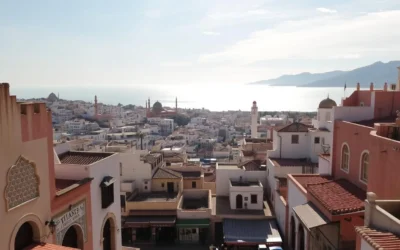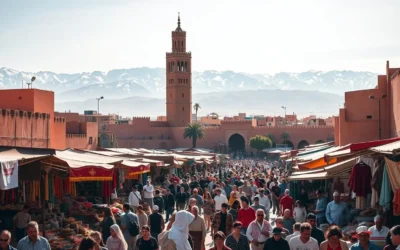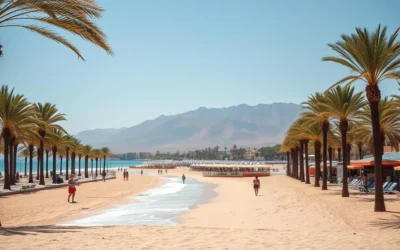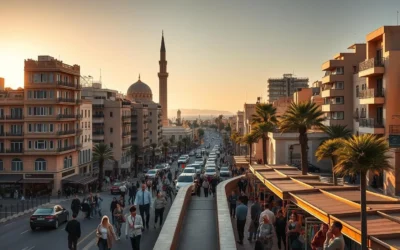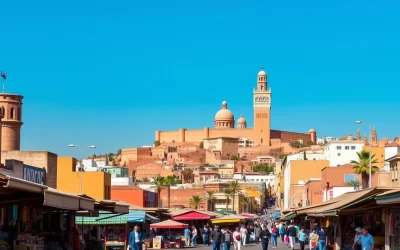When you visit this North African gem, you’ll quickly notice its vibrant language landscape. Modern Standard Arabic serves as the official language, used in media, governance, and formal settings. However, Moroccan Arabic, or Darija, is the dialect you’ll hear most in everyday conversations.
Berber, an indigenous language, holds equal official status, reflecting the country’s deep-rooted heritage. With three main dialects—Tarifit, Tamazight, and Taschelhit—it’s a testament to the region’s cultural diversity. French, introduced during colonial times, remains widely used in education and business, while Spanish is prominent in coastal areas.
Understanding this linguistic mix enhances your experience, whether you’re exploring bustling markets or engaging with locals. It’s a unique blend of ancient traditions and modern influences, making it a fascinating place for tourism and cultural exploration.
Understanding Morocco’s Linguistic Landscape
The linguistic tapestry of this North African country reflects centuries of cultural exchange. Its strategic location has made it a crossroads for civilizations, each leaving a mark on the way people communicate today.

Historical Foundations and Influences
From ancient Phoenicians to Arab conquerors, this area has seen waves of rulers shaping its language evolution. The Arab conquests in the 8th century introduced Arabic and Islam, which became central to the culture.
Berber, the indigenous language, has persisted through these changes, maintaining its role as a symbol of identity. Today, it’s spoken by around 30% of the population, highlighting its enduring significance.
Cultural Diversity in Language Use
Modern Standard Arabic is the official language, used in media and governance. However, Moroccan Arabic, or Darija, is the dialect you’ll hear in everyday conversations.
French, a legacy of colonial times, remains widely used in education and business. Over 60% of the population is bilingual, speaking both Arabic and French. This blend of languages makes the country a fascinating place for cultural exploration.
Morocco: Official and widely spoken languages
The blend of languages in this region reflects its rich history and cultural depth. Each language tells a story of tradition, identity, and evolution. From formal settings to everyday conversations, the way people communicate here is deeply tied to their roots.
Modern Standard Arabic: The Language of Media and Governance
Modern Standard Arabic is the official language, used in governance, media, and education. It’s the backbone of formal communication, appearing in official documents and broadcasts. While most people understand it, Moroccan Arabic, or Darija, dominates daily interactions.
This dialect is more accessible and widely spoken, making it the go-to for everyday conversations. The balance between a standardized language for official use and local dialects showcases the country’s linguistic diversity.
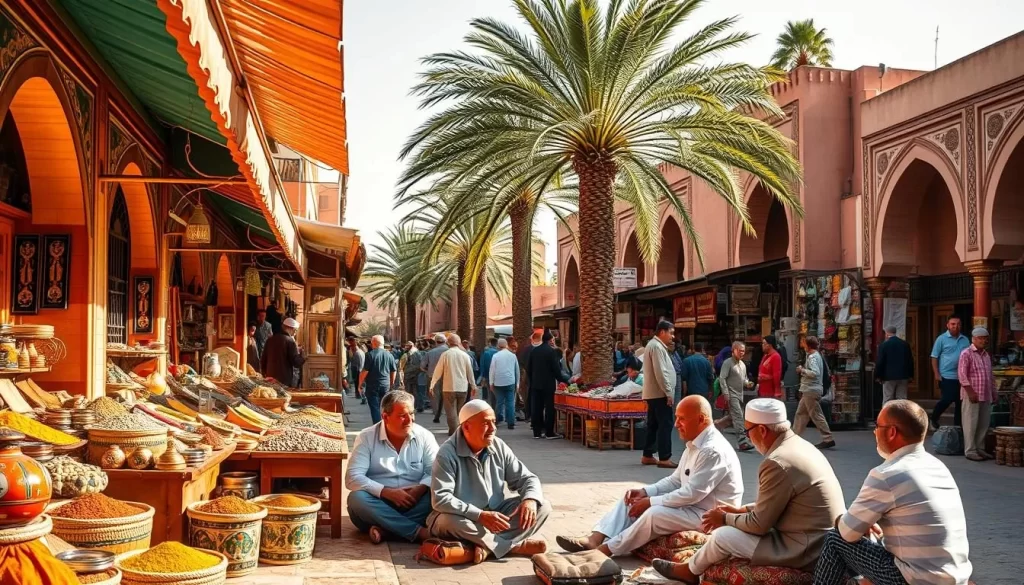
Berber: A Symbol of Indigenous Identity
Berber, recognized as an official language in 2011, is a powerful symbol of indigenous identity. With around five million speakers, it remains a vital part of the cultural heritage. Its various dialects, like Tarifit and Tamazight, highlight the diversity within the language itself.
This recognition was a significant step in preserving the language and honoring the traditions of indigenous communities. It’s a testament to the enduring pride and resilience of the Berber people.
Today, Berber is taught in schools and used in media, ensuring its survival for future generations. Its role in cultural symbolism and national identity continues to grow, making it an integral part of the country’s narrative.
Exploring Moroccan Arabic and Local Dialects
Everyday conversations here reveal a fascinating mix of dialects and cultural influences. The way people speak reflects centuries of history, blending traditions with modern life. From bustling markets to quiet homes, the language you hear is a window into the country’s identity.
Moroccan Darija in Everyday Life
Moroccan Arabic, or Darija, is the dialect you’ll hear most in daily interactions. It’s distinct from Modern Standard Arabic, with unique pronunciation and grammar. For example, Darija is spoken nearly twice as fast as its formal counterpart.
This dialect is deeply rooted in local culture, making it the go-to for informal communication. It’s a blend of Arabic, Berber, and French influences, creating a unique linguistic flavor. Around 70% of the population uses Darija as their primary language for everyday conversations.
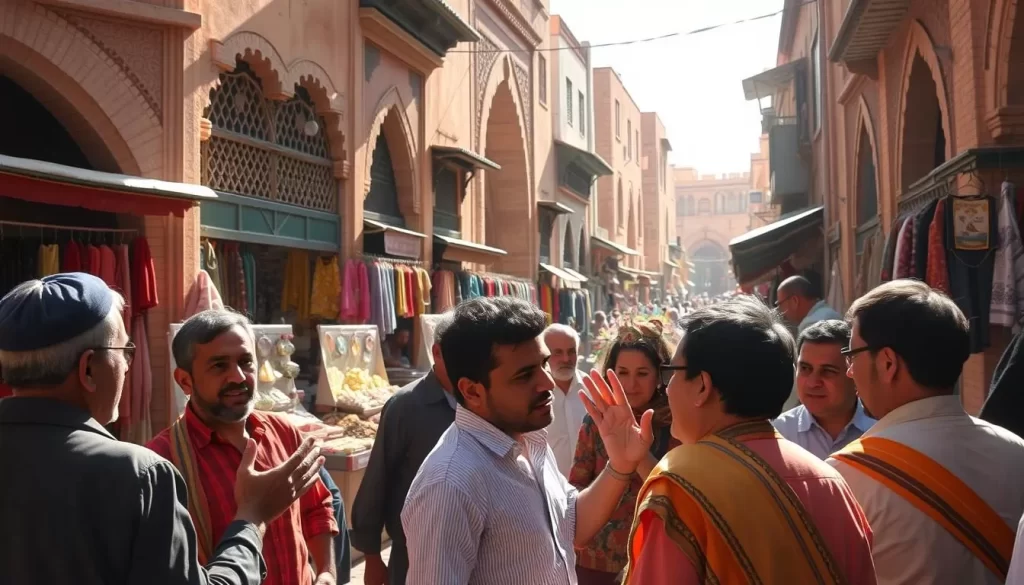
Regional Berber Variations and Dialects
Berber, an indigenous language, adds another layer to the linguistic landscape. With dialects like Tarifit, Tamazight, and Tashelhit, it reflects the diversity of the regions where it’s spoken. For instance, Tarifit is prominent in the Rif Mountains, where it’s a symbol of local identity.
These dialects are more than just ways of speaking—they’re a connection to heritage. Around 30% of the population speaks Berber, showcasing its enduring significance. Efforts to preserve these dialects include teaching them in schools and using them in media.
| Dialect | Region | Significance |
|---|---|---|
| Tarifit | Rif Mountains | Symbol of local identity |
| Tamazight | Central Areas | Cultural heritage |
| Tashelhit | Southern Regions | Historical roots |
Understanding these dialects enriches your experience, whether you’re exploring the country or engaging with locals. For more insights into this linguistic diversity, visit this resource.
Foreign Languages Shaping Morocco
Foreign languages play a pivotal role in shaping the cultural and economic fabric of this North African nation. From education to tourism, the influence of French, Spanish, and English is undeniable. These languages not only connect the country to the global stage but also enhance its appeal to visitors and investors alike.
The Role of French in Business and Education
French remains a cornerstone in education and business. Introduced during colonial times, it has become a second language for many, especially in urban areas. Proficiency in French is often seen as an asset in the job market, particularly in sectors like science and technology.
In schools, French is widely taught, reflecting its importance in governance and international trade. This bilingual approach helps students gain a competitive edge in the global economy. For more insights into how French shapes the educational landscape, visit this resource.
Emergence of Spanish and English in Modern Context
Spanish retains its influence in northern cities like Tangier and Tetouan, a legacy of historical ties. It’s commonly spoken in these regions, adding another layer to the linguistic diversity.
English, on the other hand, is gaining traction among young professionals and in the tourism sector. Its growing adoption reflects the country’s efforts to integrate into the global economy. For example, English is increasingly taught in schools, preparing students for international opportunities.
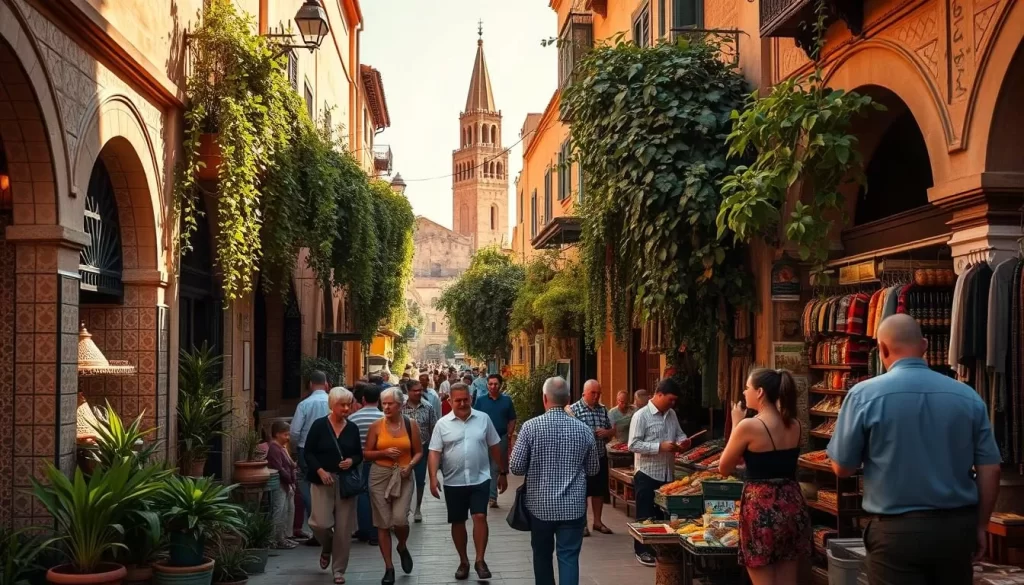
Here’s a quick overview of how these foreign languages are used across different sectors:
| Language | Primary Use | Region |
|---|---|---|
| French | Education, Business | Urban Areas |
| Spanish | Tourism, Trade | Northern Cities |
| English | Tourism, Global Business | Nationwide |
Understanding the role of these languages enriches your experience, whether you’re visiting for tourism or exploring business opportunities. For more on the historical significance of these languages, check out this report.
Conclusion
The interplay of languages here offers a unique glimpse into the cultural richness of this vibrant nation. Modern Standard Arabic serves as the backbone of formal communication, while Moroccan Darija dominates daily interactions, reflecting the dialect’s deep-rooted connection to local culture.
Berber, with its diverse dialects, stands as a symbol of indigenous identity, recognized officially in 2011. Its preservation in schools and media ensures its survival for future generations. Foreign languages like French and Spanish also play a pivotal role, shaping education, business, and tourism.
This linguistic tapestry mirrors the country’s multicultural heritage, blending ancient traditions with modern influences. Understanding these languages enriches your experience, offering a deeper connection to the place and its people. For more insights, explore the linguistic landscape that defines this unique region.
The above is subject to change.
Check back often to TRAVEL.COM for the latest travel tips and deals.
Here are some Tours & Sightseeing suggestions that might pique your interests!

